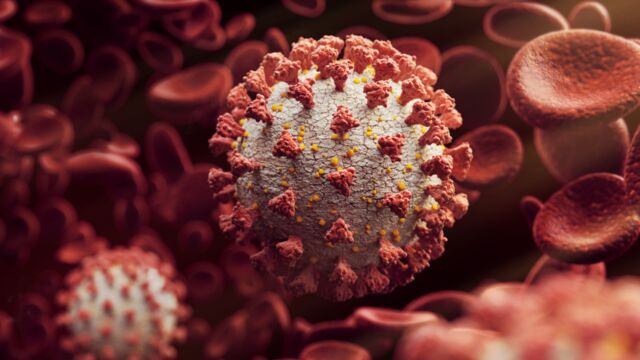Scientists have warned that patients could become infected with two strains of coronavirus at once after discovering reports of dual infection in Brazil.
Discover our latest podcast
What is a dual infection?
Amidst the growing concerns of coronavirus mutations popping up all over the world, researchers have discovered that it is possible to be infected with more than one strain of COVID, known as a ‘dual infection.’
Researchers found that two people in their 30’s were tested for two different Brazilian strains of the virus labelled P1 and P2. The patients tested positive for P2, a strain identified in Rio, in late November. However, they simultaneously tested positive for P1, a strain which developed independently in Manaus. Both patients symptoms were very mild and consisted of no more than a dry cough, sore throat and a headache. Neither patient required hospitalisation.
Since November Brazil has been fighting a rapid rise in COVID infections and has been routinely reporting deaths of over 1,000 per day since the start of 2021. Dr Fernando Spilki, a virologist at Feevale University in Rio Grande do Sul state and lead researchers explained that it’s situations like these that could see dual infections take place. Dr Julian Tang, a professor in respiratory sciences at the University of Leicester described to Mail Online:
It is perfectly possible for a child attending a primary school to get infected with one variant of Covid-19, and an older sibling to attend secondary school and get infected with a different Covid-19 variant - and for both children to bring their viruses home to infect each other - and their parents with both variants.
Dual infections could cause an increase in COVID mutations.
However, the discovery by Dr Spilki and his co-workers has fueled concern that dual infections could breed even more coronavirus mutations. He spoke to Reuters:
These co-infections can generate combinations and generate new variants even more quickly than has been happening. It would be another evolutionary pathway for the virus.
The process of mutation could occur when two different variants infect the same cell. This has recently been speculated to be the cause of the new UK strain mutation which has seen it take on characteristics of the South African and Brazillian mutation. However, scientists have admitted that this method of mutation is very rare and is not likely to occur in areas with more dominant strains.















